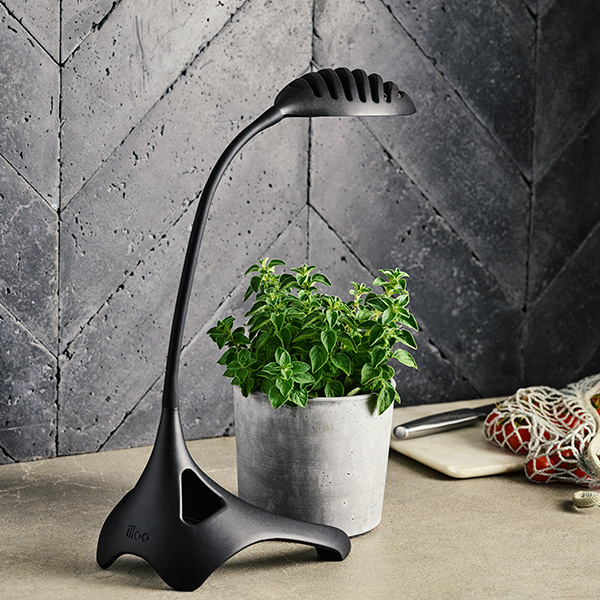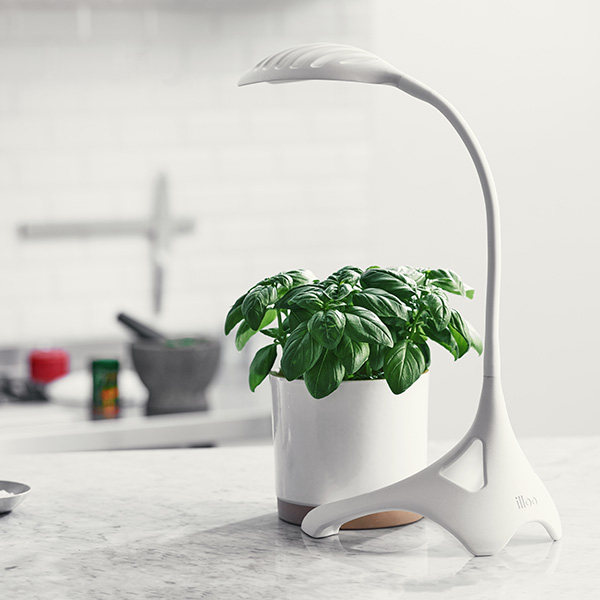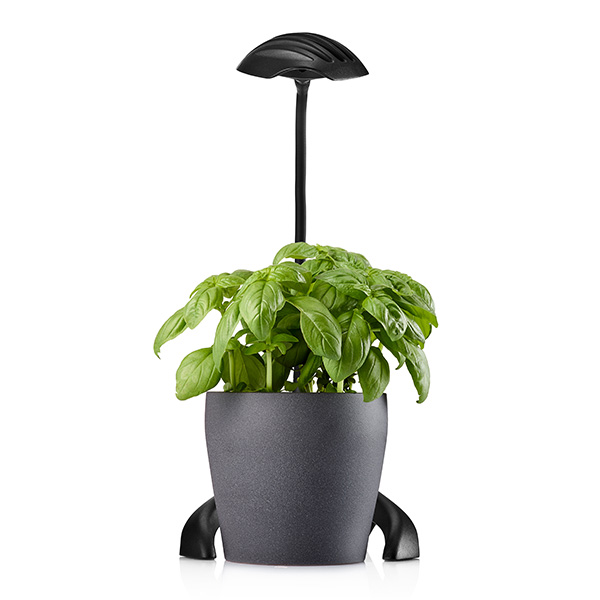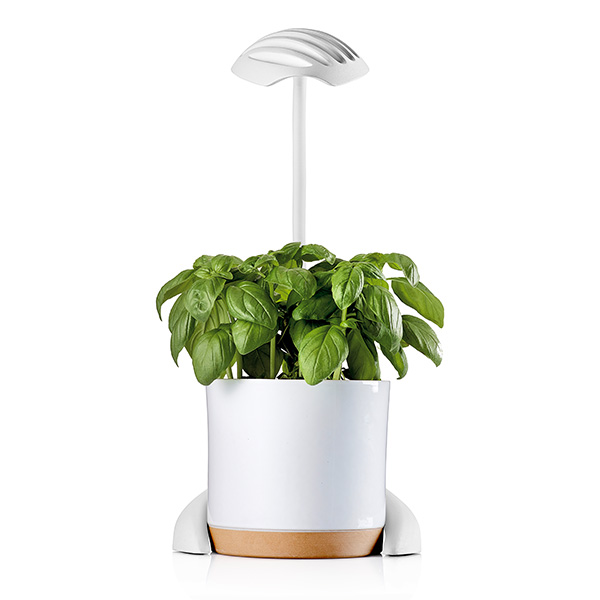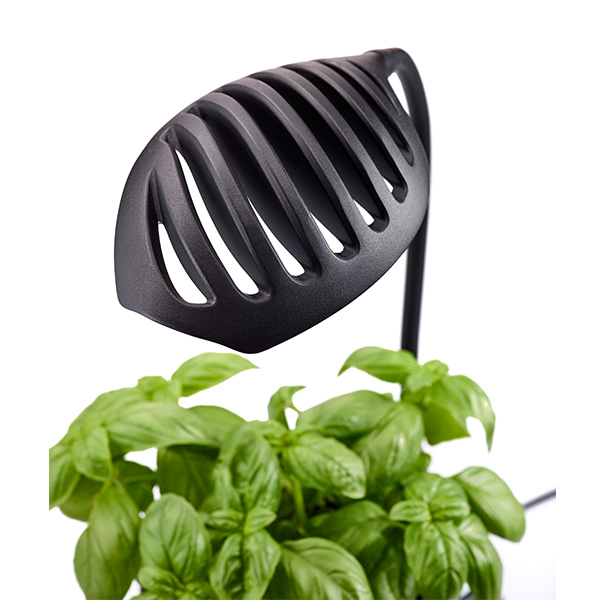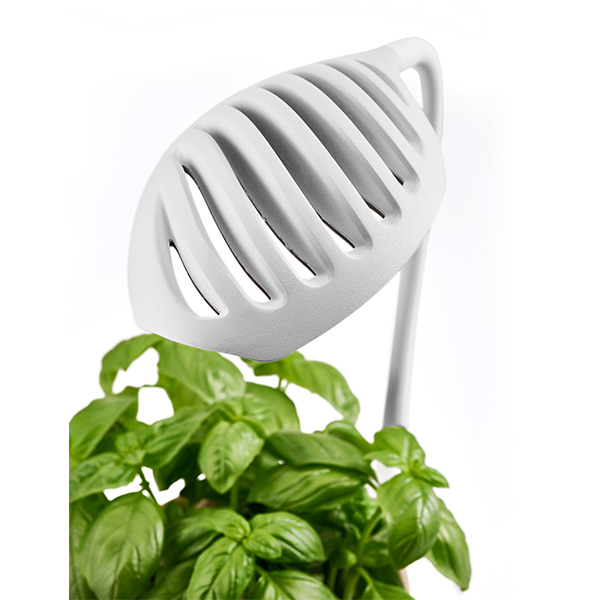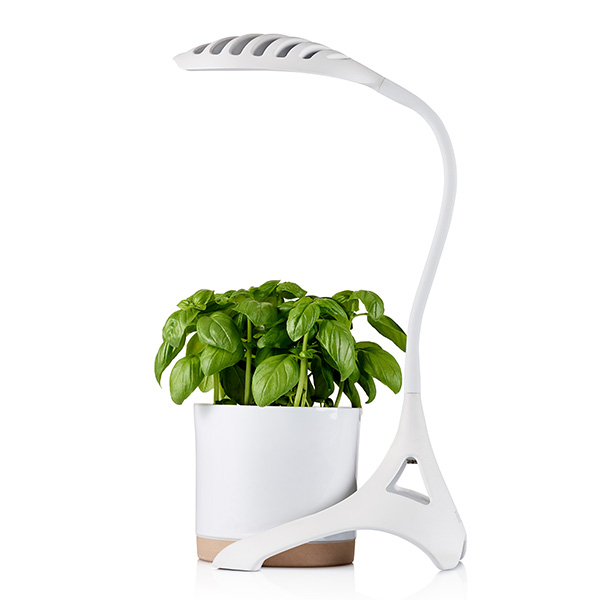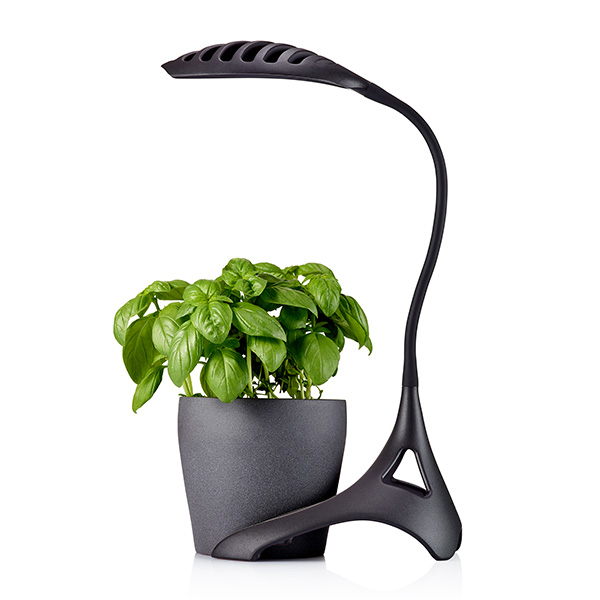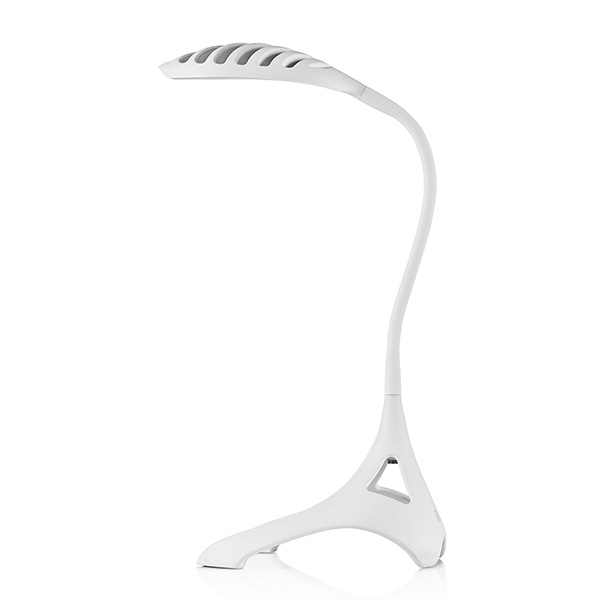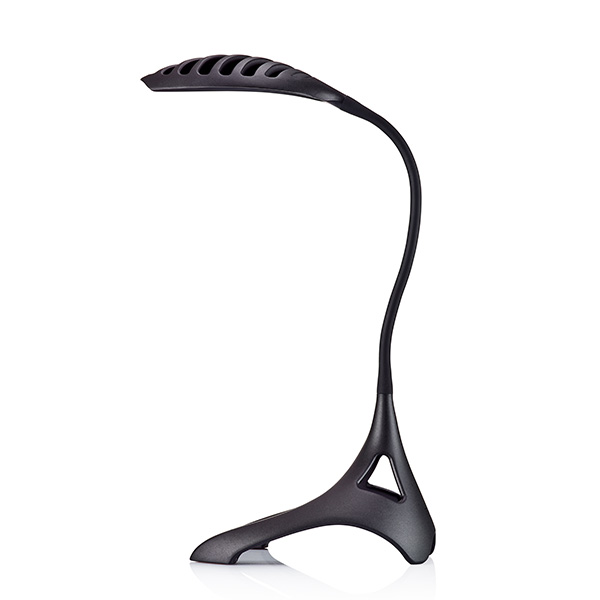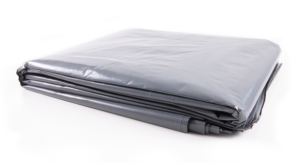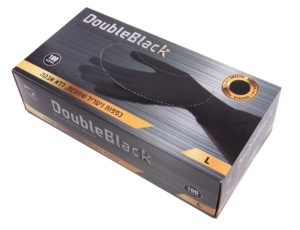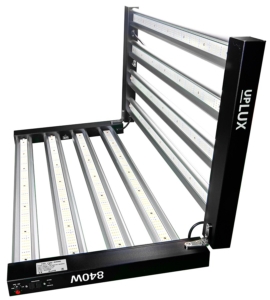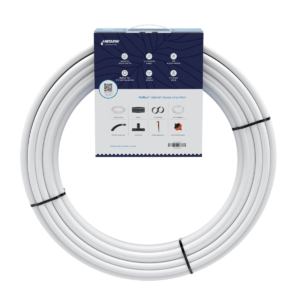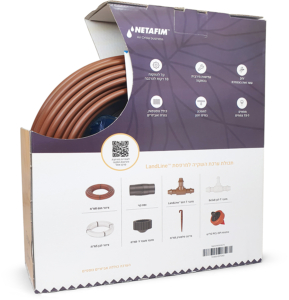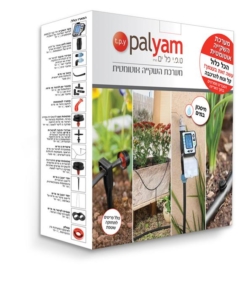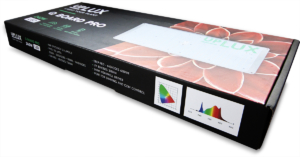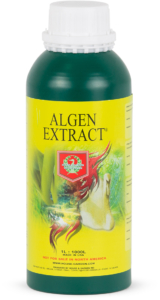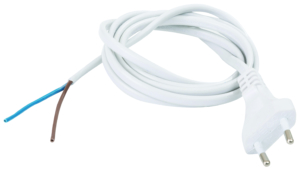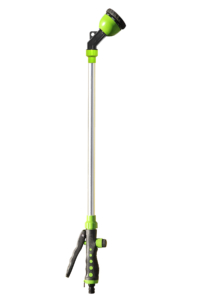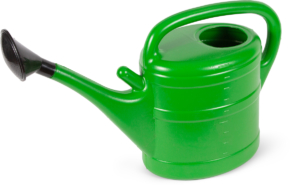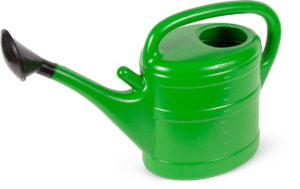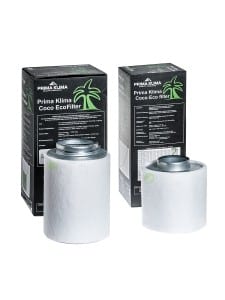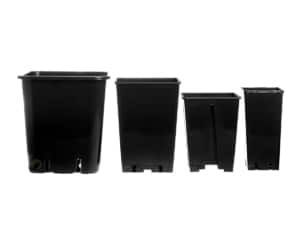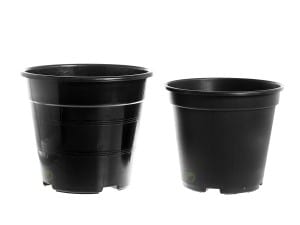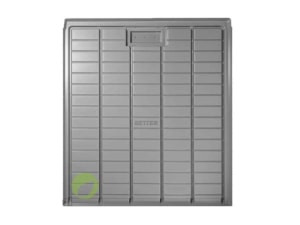illoo lamp black\white
כשהעלים האהובים עליך בצמיחה מתמדת ❤️
illoo היא מנורה דקורטיבית מבוססת על טכנולוגית לד מתקדמת, המייצרת אור טבעי מושלם לגידול צמחים ומאפשרת לך לגדל כל צמח במטבח, באמבט בסלון או בכל מקום אחר ולייצר לעצמך פינה קטנה של אור וטבע.
המנורה יכולה לשמש כמקור אור נוסף באזורים חשוכים שאינם חשופים מספיק לאור השמש.
למנורה יש 4 מצבי תאורה שונים המתאימים למגוון רחב של צמחים.
illoo מאיצה צמיחה ולבלוב ומהווה אלמנט עיצובי שמשדרג את כל חלל בבית או במשרד.
- גוף הנורה חזק ואלגנטי, נורה חסכונית בחשמל, עיצוב הנורה מתמזג בכל סביבה.עשוי סגסוגת מתכות חזקה
- נורת לד חסכונית עם שלוש דרגות תאורה (רק 26 וואט)
- נורות אינפרא לחיזוק צמחים ופרחים
- גמישה ומתכוננת לכל צור
- ניתן להשיג בשחור ולבן
- משלוח עד חמישה ימי עסקים
למה להזמין מהידרושופ?
מהיר
מאובטחת
מקצועי
מקיפה
כשהעלים האהובים עליך בצמיחה מתמדת ❤️
illoo היא מנורה דקורטיבית מבוססת על טכנולוגית לד מתקדמת, המייצרת אור טבעי מושלם לגידול צמחים ומאפשרת לך לגדל כל צמח במטבח, באמבט בסלון או בכל מקום אחר ולייצר לעצמך פינה קטנה של אור וטבע.
המנורה יכולה לשמש כמקור אור נוסף באזורים חשוכים שאינם חשופים מספיק לאור השמש.
למנורה יש 4 מצבי תאורה שונים המתאימים למגוון רחב של צמחים.
illoo מאיצה צמיחה ולבלוב ומהווה אלמנט עיצובי שמשדרג את כל חלל בבית או במשרד.
- גוף הנורה חזק ואלגנטי, נורה חסכונית בחשמל, עיצוב הנורה מתמזג בכל סביבה.עשוי סגסוגת מתכות חזקה
- נורת לד חסכונית עם שלוש דרגות תאורה (רק 26 וואט)
- נורות אינפרא לחיזוק צמחים ופרחים
- גמישה ומתכוננת לכל צור
- ניתן להשיג בשחור ולבן
- משלוח עד חמישה ימי עסקים

















